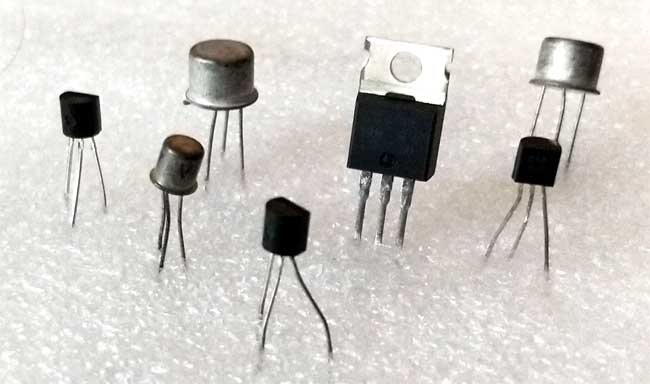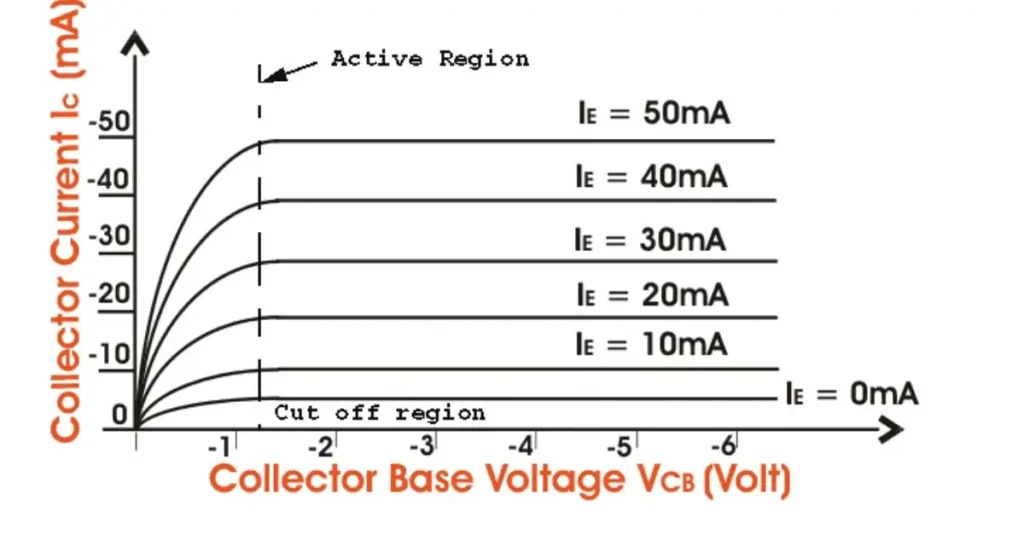Table of Contents
Introduction
If you’ve ever wondered how our gadgets work—whether it’s a smartphone, computer, or even a radio—you’ve got transistors to thank. These tiny semiconductor devices are the heart of modern electronics, enabling us to amplify signals, switch circuits, and power the world of technology. Let’s dive into this interesting topic how transistor works and discover the magic of transistors in simple terms!
What is a Transistor?
At its core, a transistor is a tiny electronic switch or amplifier. Think of it as a gatekeeper for electrical signals. It can turn a current on or off, or boost a weak signal into a strong one. Invented in 1947, transistors replaced bulky vacuum tubes, paving the way for smaller and more efficient devices.
Want to learn about other electronic components? Check out our guide to basic electronics.
Types of Transistors: NPN, PNP, and More
Transistors come in several flavors, but the most common types are:
- Bipolar Junction Transistors (BJTs):
- NPN Transistor: Current flows from the collector to the emitter.
- PNP Transistor: Current flows in the opposite direction.
- Field-Effect Transistors (FETs):
- MOSFETs (Metal-Oxide-Semiconductor FETs): Widely used in digital circuits.
- JFETs (Junction FETs): Ideal for high-input impedance applications.
Here’s a quick comparison:
| Type | Best For | Common Use |
|---|---|---|
| NPN/PNP BJTs | Amplification | Audio systems |
| MOSFETs | Switching | Microprocessors, power circuits |

How Does a Transistor Work?
Understanding how transistors work might sound complicated, but it’s easier than you think!
- Basic Parts:
- Emitter: Sends out electrons.
- Base: Controls the flow of current.
- Collector: Collects the electrons flowing from the emitter.
- How It Works: Imagine a faucet (the transistor) controlling the flow of water (current). By adjusting the handle (base), you can control how much water flows through. Similarly, transistors control electrical current.
Want to explore how other components work in circuits? Don’t miss our article on resistors and their role.
Transistor Symbol

Transistor as a Switch and Amplifier
Transistor as a Switch
Transistors are like light switches in digital electronics. They can turn on (allowing current) or off (blocking current) depending on the input signal.
Example: In a computer, transistors switch millions of times per second to process data!
Transistor as an Amplifier
Here’s where transistors shine. Imagine you’re speaking into a microphone, and your voice is too soft. A transistor amplifies that signal so everyone can hear you loud and clear.
Real-World Applications of Transistors
Transistors are everywhere! Here are some practical uses:
- Microprocessors: Billions of tiny transistors make up a computer’s brain.
- Power Supplies: Manage voltage and current in devices.
- Audio Systems: Amplify sound in speakers and microphones.
- LED Circuits: Control the brightness of LEDs.
Want to design your own transistor circuit? Check out our step-by-step guide on building electronic circuits.
Key Characteristics of Transistors
When working with transistors, here are some terms you should know:
- Current Gain (Beta): How much the transistor amplifies the input signal.
- Cutoff and Saturation: States where the transistor is off (no current) or fully on (maximum current).
- Impedance: How much resistance the transistor offers.

How to Test a Transistor
If you’re troubleshooting a circuit, knowing how to test a transistor is crucial:
- Use a Multimeter: Set it to the diode test mode.
- Test Connections: Check the emitter, base, and collector terminals.
- Identify Issues: Replace faulty transistors for optimal performance.
Conclusion
Transistors are the backbone of modern technology. From amplifying signals to powering circuits, their versatility is unmatched. Understanding how they work opens the door to mastering electronics and building innovative projects. Ready to take your learning to the next level? Explore more resources on RA Electronics.
FAQs
What is a transistor?
A transistor is a three-terminal electronic device that can act as a switch or an amplifier. It is made up of semiconductor material, and its behavior can be controlled by the voltage applied to its terminals.
Can transistors amplify DC signals?
Yes, transistors can amplify both DC and AC signals, depending on the circuit.
What’s the difference between NPN and PNP transistors?
NPN transistors allow current to flow from collector to emitter, while PNP transistors work in the opposite direction.